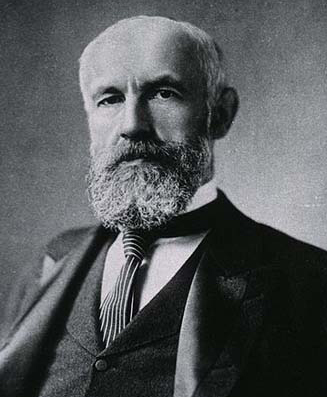1 Introducing adolescence
Often associated with the teenage years, adolescence is a transitional stage of development, both physically and emotionally.
Marked as a period of development from being a child to becoming a young adult, adolescence is described by many theorists as a time of ‘storm and stress’, often associated with particular behaviours, such as moodiness and irritability. But are these accurate depictions of adolescence? The first activity will help you to consider your own thoughts about adolescent characteristics.
Activity 1: Storm and stress
a.
Moodiness
b.
Impulsiveness
c.
Risky behaviour
d.
Sensitive to peer pressure
e.
Argumentative
f.
Loneliness
g.
Staying up late
h.
Embarrassment
i.
Thrill seeking
j.
Boredom
k.
Importance of friendships
l.
Enjoying sport participation
The correct answers are a, b, c, d, e, f, g, h, i, j, k and l.
Discussion
You probably found it hard to choose just four, but you may have found it helpful to base your choices on someone you know, or even your teenage self. Everything on the list can be attributed to adolescents generally, although not every adolescent would necessarily experience all these things. You can probably think of some adults who fit these descriptions too. People commonly assume that adolescence is a particularly difficult emotional time, and even a time of crisis.
Step 2: Now, watch this video of a comedy sketch depicting ‘Kevin’s thirteenth birthday’ from the BBC series ‘Kevin and Perry’ starring Harry Enfield.
Note down anything that reminds you of becoming a teenager!
Discussion
You probably found many moments of amusement and familiarity! One particularly noteworthy moment is when Dad says, ‘he’s losing the power of rational thought’.
The idea that adolescence is a time of crisis (or ‘storm and stress’) goes back to Psychologist G. Stanley Hall (1904) who described it in very unflattering terms, claiming that, ‘[the period of adolescence] is strewn with wreckage of body, mind, and morals. There is not only arrest, but perversion, at every stage, and hoodlumism, juvenile crime, and secret vice’ (Hall, 1904, p. xiv). Hall believed that young people were in the grip of powerful biological changes that they could not control.
Although he acknowledged that adolescence could be a time of creativity, and crucial to the later development of personality, he also saw it as a time of instability, extremes and contradictions. For example, he saw that young people:
- wished for solitude and seclusion, but also longed to become embedded in friendships and romantic relationships, which took on an overwhelming importance in their lives
- were liable to be full of energy and creativity, but also to descend into gloom and despair
- were capable of idealism and sensitivity, and yet could be extremely cruel and callous
- yearned for idols and for people to look up to and yet rejected ideas of authority and the status quo.
Attitudes have changed since Hall’s time. Adolescence is not necessarily a time of storm and stress. Along with the term ‘crisis’, these troublesome-sounding concepts may be unhelpful because they perpetuate the idea that adolescence is a problem. Many adolescents do not experience conflicts or crises, and move easily from childhood to adulthood. Nevertheless, Hall’s theories of the characteristics of young people have remained highly influential and have coloured subsequent research.


